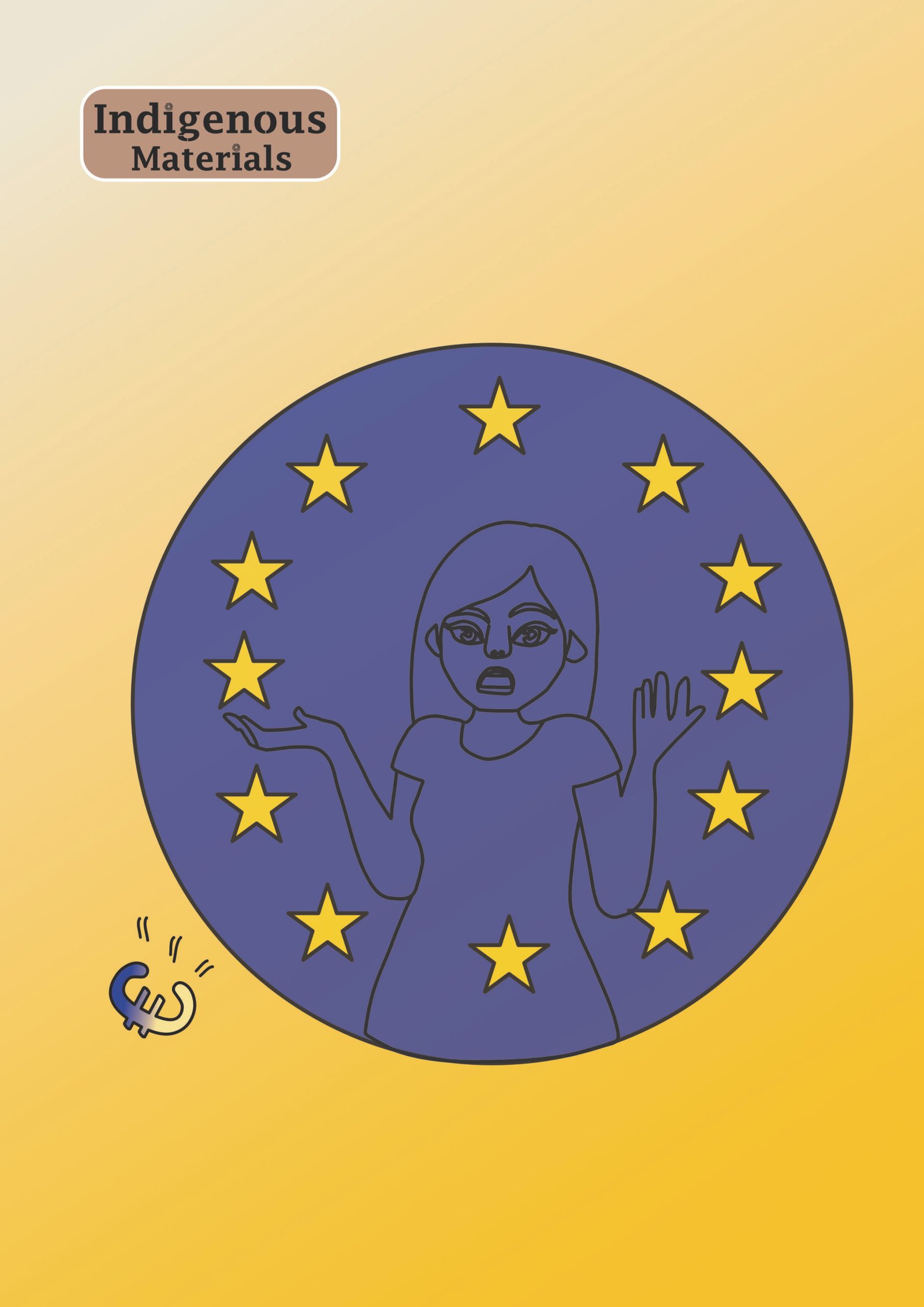From Economic Integration to Political Implications
The European Union (EU), formerly known as the European Economic Community (EEC), was initially established through the mechanisms of the Marshall Plan (Eichengreen et al., 1992). Following the devastation of the Second World War, Europe required comprehensive integration to consolidate its energy resources and establish a unified front that could signal the re-emergence of civilisation in the region, despite the broader historical understanding that the origins of civilisation lie in Africa.
The six founding member states developed a manifesto aimed at integrating energy infrastructure to facilitate the continent’s reconstruction, as limitations in the effectiveness of the Marshall Plan began to surface (Joseph, 1949). This reconstruction effort also enabled the United States to advance its foreign policy objectives in Europe and, as some have argued, to exploit the region’s gold reserves and other valuable resources as part of extending its global hegemony (Tarnoff, 2018).
While the U.S. motivations behind the Marshall Plan were evident, the intentions of the original six member states—Germany, France, Italy, Belgium, the Netherlands, and Luxembourg—were focused on revitalising Europe’s potential. The formation of the EEC was regarded as a critical step toward restoring hope and unity in a continent that had been ravaged by two world wars (Shanks, 1971; Boltho, 2001; Temin, 2002; Vonyó, 2008).
Germany, France, and Italy, each with distinct political ideologies, set aside their differences to forge a new political and economic partnership. Belgium, the Netherlands, and Luxembourg, often perceived as peripheral in geopolitical terms, contributed significantly to the peace process by supporting integration as a pathway to stability. The EEC’s foundational ideal was to establish a robust European economic system free from U.S. hegemonic interference.
Subsequent development of the EEC was marked by the adoption of the Single European Act in 1986 and the Maastricht Treaty in 1992. These milestones granted the EEC a bureaucratic and institutional framework, gradually transforming it into a more centralised organisation with cohesive leadership (Troitino, 2013). The fall of the Berlin Wall and the reunification of East and West Germany symbolised a turning point, empowering the EEC to pursue its unification agenda without the looming threat of the Cold War.
These events also diminished U.S. and Soviet influence in Europe, providing the EEC with greater autonomy. The Single European Act laid the foundation for the Single Market and its associated freedoms, while the Maastricht Treaty expanded the EEC’s economic and political scope, culminating in its transformation into the European Union.
By the early 1990s, the EU sought to solidify its presence through the establishment of the Single Market as a vehicle for integration. However, this economic integration began to reveal an unintended political dimension, which was not foreseen in the original Treaty of Rome. While economic interdependence among member states was evident, emerging political tensions created reluctance, especially from countries such as Sweden and the United Kingdom.
These states joined primarily for economic benefits and were hesitant about a deeper political union. The increasing power of the European Parliament and the Council of the European Union, particularly their ability to influence member states’ legislative processes, raised concerns about national sovereignty. While smaller states welcomed this structure, the United Kingdom remained critical, prompting ongoing debates about the EU’s political orientation. Nonetheless, the Lisbon Treaty of 2009 and the macroeconomic advances of the European Monetary Union (EMU) through the Euro demonstrated the EU’s commitment to fostering a socially and economically sustainable Europe (Gerbrandy et al., 2019).
With 19 countries and approximately 340 million people using the Euro, alongside strong trade partnerships with China and other developing economies (Europa, n.d.), the EU has assumed roles that extend beyond its original economic remit. The initial framework of the EEC did not envision political engagement in global affairs, yet the EU’s evolution has increasingly incorporated such dimensions. This shift has introduced criticism, suggesting that the EU’s economic integration is gradually transforming into political integration. This trend raises concerns, particularly regarding its alliance with NATO—a direction that contradicts the original intentions of the Treaty of Rome, which sought to prevent future conflicts by integrating atomic energy and steel industries (Stefanini et al., 2021).
The United Kingdom’s withdrawal from the EU (Brexit) exemplifies the internal challenges facing the Union. Brexit underscored the growing dissatisfaction with EU directives and regulations, particularly regarding perceived infringements on national sovereignty. The UK’s longstanding scepticism toward the increasing authority of Brussels was a significant factor in its decision to leave.
Furthermore, the structural weaknesses of the monetary union have placed additional strain on member states, especially those with weaker economies, such as Greece. While the EU remains the world’s largest trading bloc and continues to benefit from the Single Market and the Euro, its long-term stability is not guaranteed. Without substantive policy and treaty reforms, the risk of further disintegration persists.
The EU was originally conceived as a vehicle for economic integration, not as a political union. Although some scholars argue that political and economic factors have become inseparable in the era of globalisation, the founding ethos of the EU emphasised economic cooperation to prevent the recurrence of war. The divergence in economic capacities among member states, where institutions such as the European Central Bank in Frankfurt emulate Germany’s economic model, exemplifies the structural imbalances that threaten unity.
These disparities highlight countries’ challenges with lower GDPs within the single currency system. The Single Market remains the EU’s most successful and attractive feature; without it, the Union might risk becoming akin to other regional blocs such as MERCOSUR, the African Union (AU), or the Asia-Pacific Economic Cooperation (APEC), which have struggled to provide tangible benefits for their member states.
In conclusion, while the EU has played a significant role in promoting economic and social integration across Europe, its trajectory toward political centralisation poses challenges. If these issues are not addressed through inclusive and effective reforms, the EU may face further fragmentation and a potential decline in its influence and cohesion.
References
- Boltho, A. (2001). Reconstruction after two world wars: Why a difference, Journal of European Economic History 30: 429–58.
- Eichengreen, B., Uzan, M., Crafts, N., & Hellwig, M. (1992). The Marshall Plan: Economic Effects and Implications for Eastern Europe and the Former USSR. Economic Policy, 7(14), 14–75.
- Europa (n.d) The international role of the euro. [online] https://ec.europa.eu/info/business-economy-euro/euro-area/international-role-euro_en [accessed on 8 May 2022]
- Gerbrandy, A., Janssen, W. A., Thomsin, L. (2019) Shaping the Social Market Economy after the Lisbon Treaty: How ‘Social’ Is Public Economic Law? Utrecht Law Review, 15 (2), 32-46.
- Joseph, J. J. (1949). The Failure of the Marshall Plan. Science & Society, 14 (1) 29–57.
- Shanks, M. (1971). Economic Integration in Western Europe since 1945. Acta Oeconomica, 6(1/2), 27–36.
- Stefanini, S., Nagy, A. T., Giske, T.E.M. (2021) One Step Closer: Towards Deeper and Wider EU Defence Partnerships. Bratislava: GLOBSEC Policy Institute
- Tarnoff, C. (2018). The Marshall Plan: Design, Accomplishments, and Significance. [online] https://sgp.fas.org/crs/row/R45079.pdf [accessed on 4 May 2022]
- Temin, P (2002). The Golden Age of European growth reconsidered, European Review of Economic History 6: 3–22.
- Troitino, D. R. (2013). European Integration: Building Europe. New York: Nova Science Publishers
- Vonyó, T. (2008). Post-war reconstruction and the Golden Age of economic growth, European Review of Economic History 12: 221–41.




